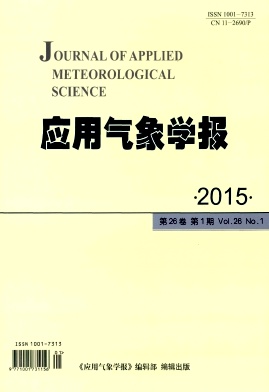Abstract
As the numerical weather prediction (NWP) products increase in huge amounts every day, traditional relational database has the problem of low efficiency in archiving capacity and management, while file based storage faces performance challenges in long-time-series data accessing and massive computation of spatial-temporal data. Therefore, a three-tier software framework is designed, which implements distributed data storage model, parallel data access service and distributed computation for frequently used statistical algorithms based on Hadoop framework. Meteorological big data such as NWP products, radar 3D mosaic and satellite remote sensing are designed to be composed of metadata and data entity, which both are stored in Hbase data tables, and managed with HDFS file system. Metadata are defined by variable name, dimension, latitude, longitude, altitude and lead time etc., and data entity consists of row key, time stamp and column family to store the value at each grid point. A Rest (representational state transfer) Web Service is setup for direct NWP data acquisition, field data clipping and location based time-series accessing. File download services in "MICAPS", "surfer" and "json" format are also ready for the third-party meteorological software. System testing for data access of CHAF model shows that it costs only 12 seconds to write in 1000 NWP data fields each with 82503 grid points, and less than 4 seconds to read out the same amount of data from the distributed databases.Map-reduce scheme are implemented for computation of meteorological algorithms, e.g., Kalman filter and successive regression. Most of meteorological statistical algorithms are time independent, which make it possible that a task is divided into small sub-tasks according to data slicing on time series, and assigned to different computational nodes in map programs. Reduce programs are to gather and summarize the result of sub-task computation. With data amount and users increasing, Hadoop framework deployed on several X86 PC servers demonstrates performance advantage over single IBM power system. And flexible hardware architecture from 3 computational nodes to 9 nodes show steady and better data access efficiency with good speed-up ratio, which brings more confidence for practical use in weather forecast.Operational trial in multi-user environment further shows advantages of this cloud-like computing service over the traditional client-server model in meteorological data mining, such as NWP interpretation and model evaluation.





 DownLoad:
DownLoad:




